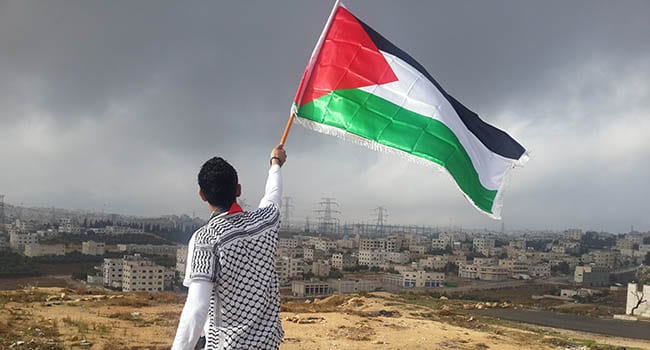By Miguel Cervantes
and Tanja Porčnik
The Fraser Institute
While tensions in the Middle East rise daily, there’s still hope for the region to liberalize and grow more prosperous.
Economic liberalism in the Persian Gulf region would help unleash the effort and creativity of the whole population – not just a few at the top.
Providing a quantitative assessment of the degree of economic liberalism, the Fraser Institute’s Economic Freedom of the Arab World index reveals stark differences among Arab countries. The highest levels of economic freedom (in 2017, the most recent data available) were in Jordan, United Arab Emirates, Bahrain, Lebanon, Qatar and Oman. The lowest levels were in Egypt, Algeria, Sudan, Syria and Libya.
If people are economically free, they’re allowed make economic decisions, take advantage of opportunities, and freely dive into entrepreneurship and trade at home and abroad.
Obstacles imposed by governments or privileged classes to protect their own dominance and economic gains threaten economic freedom.
But when opportunities to engage in economic activity are open to all, not just the privileged classes, prosperity and opportunity abound.
The data for 22 countries from the Arab League show that all too often the less-privileged are deprived of engaging in economic activities by excessive bureaucracy, barriers to trade, restrictive regulations, the high roles of state-owned enterprises, corruption and a weak rule of law.
According to the Fraser Institute report, the Gulf countries particularly observe high scores for their low barriers to international trade, which is reflected in their relatively low external tariff rates.
Another positive observation from the report is that the U.A.E., Bahrain, Kuwait, Qatar, Oman and Saudi Arabia don’t have personal income tax.
On the other hand, the role of the state in the economies through state-owned enterprises and the welfare state is sizable in Gulf countries, which brings down their economic freedom scores.
Why should these findings matter to people in Gulf countries?
Research has consistently shown that economic freedom matters. According to more than 1,000 pieces of research in top peer-reviewed academic journals, people living in countries with high levels of economic freedom have higher income, experience more rapid economic growth, have lower poverty rates, enjoy more political rights and civil liberties, and see less gender and income inequality.
For example, countries in the top quartile of the Fraser Institute study had an average per-capita gross domestic product of $36,770 in 2017, compared to $6,140 for bottom quartile countries. Further, in the top quartile, the average income of the poorest 10 per cent is eight times higher than in the bottom quartile. Not surprisingly, in the top quartile, only 1.8 per cent of the population experience extreme poverty (defined as living on less than $1.90 a day) compared to 27.2 per cent in the lowest quartile.
Like everywhere else, development in the Gulf region depends on the rise of economic freedom for the whole population. Opportunities to engage in economic activity must be open to all, while the excessive size of the state, high government consumption and overreaching state-owned enterprises must be scaled back.
Only then will Gulf countries attract more foreign direct investment, develop lower investment risk and immerse themselves deeper in global value chains.
For better or worse, the future is in their hands.
Miguel Cervantes is co-author of the Economic Freedom of the Arab World. Tanja Porčnik is a senior fellow of the Fraser Institute.
Miguel and Tanja are Troy Media Thought Leaders. Why aren’t you?
The views, opinions and positions expressed by columnists and contributors are the author’s alone. They do not inherently or expressly reflect the views, opinions and/or positions of our publication.


